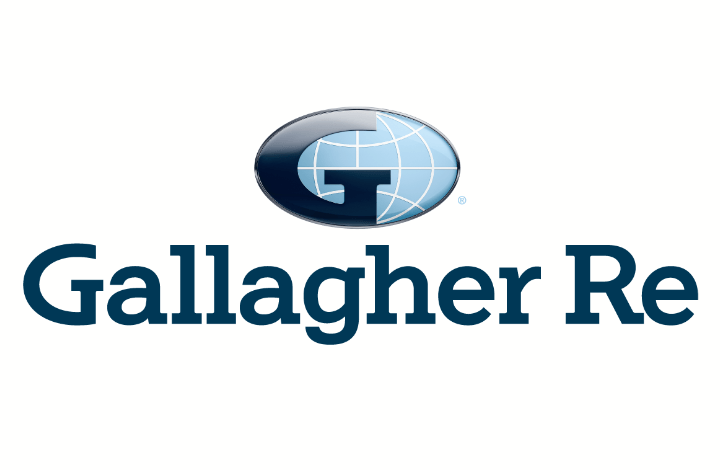
7 Ways Better Communication Can Boost Work Comp Outcomes It only takes a split second for an employee to get injured on the job.A slip and fall.The careless handling of a power tool.
Lifting gone wrong.There are almost endless ways your workers can be injured in an instant.At that moment, the clock starts ticking on your workers’ comp costs.
And the longer the employee is off work, the more your costs go up.A proactive and well-coordinated return-to-work (RTW) program is one of the best ways to control these costs, including time loss, productivity, medical, indemnity, legal, and others associated with a claim.But an effective return-to-work program is about more than that.
While you’re stressing over costs, lost productivity, employee morale, and the bottom line, your injured employees are stressing about something else: how soon they can recover and get back to earning a paycheck.An employee’s injury, recovery, and return-to-work journey can be extremely stressful.Effective communication is like the grease that makes the whole process run more smoothly so your injured worker can get back to being a productive member of your team.
Here are 7 ways better communication can boost your return-to-work outcomes: Pre-injury education.Every employee should be familiar with your company’s workers’ compensation claim process, including your return-to-work protocols.You need a formal, written RTW policy that clearly and thoroughly communicates what the company expects and what employees can expect from the process.
Detailed job descriptions.Accurate and thorough job descriptions communicate the physical requirements and essential duties not only to employees, but also to medical professionals who need them to develop safe return-to-work restrictions and recommendations.Post-injury guidance.
Once an injury happens, the injured worker needs to know how the process works and what to expect.They need to be assured they’ll be taken care of and guided through the process from medical care to physical therapy to rehabilitation and finally transitioning back to work.Addressing the psychosocial component.
This is especially vital for employees who suffer a traumatic injury such as a spinal cord injury, brain injury, or amputation.These types of injuries can take both a physical and psychological toll.Getting them talking about work early in the process puts the idea of getting back to normal in their mind and can help them avoid devolving into a “my life is over” mindset.
That’s huge for their recovery.Managing the medical maze.Medical care can be one of the most stressful aspects of an injury.
All lines of communication need to be wide open during the treatment and return-to-work process, including with the injured worker, medical providers, nurse case managers, and other stakeholders.Everyone needs to understand the goals and expectations so they can work together to achieve those goals.The recovery phase.
The last thing you want is an injured worker languishing at home, never hearing from you, feeling like his claim is in limbo.That’s a recipe for disaster.Stay in regular communication with the employee and engage them to discuss their progress.
Show them how valuable they are and how important their recovery is to you and the company.Making RTW a team sport.Getting an injured worker back to work is a team effort involving the employer, the injured worker, healthcare providers, and everyone else involved in the claim.
And effective communication is a key component in the success of any RTW program.Successful RTW is a win for everyone.For any return-to-work program, effective communication is the best way to manage expectations, keep everyone working toward the same goal, and improve outcomes.
Need help designing a more proactive workers’ compensation insurance program? Contact the experienced New York workers’ compensation insurance professionals at BNC Agency today.
Publisher: Normal for Business








